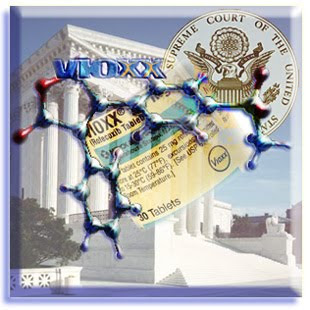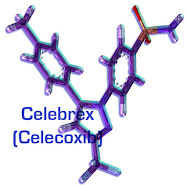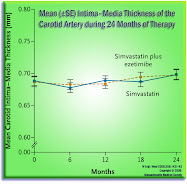 At The Eleventh Hour, literally on the eve of a pending trial in the federal District Court in Massachusetts, Schering-Plough, and its subsidiary, Warrick Pharmaceuticals, have agreed to settle the potential financial exposures of each, in a series of actions brought by several states attorneys general, and the United States, claiming that Schering-Plough, and others, artificially inflated the wholesale price of many drugs each sold to Medicare or Medicaid, from as early as 1991 -- to the present day.
At The Eleventh Hour, literally on the eve of a pending trial in the federal District Court in Massachusetts, Schering-Plough, and its subsidiary, Warrick Pharmaceuticals, have agreed to settle the potential financial exposures of each, in a series of actions brought by several states attorneys general, and the United States, claiming that Schering-Plough, and others, artificially inflated the wholesale price of many drugs each sold to Medicare or Medicaid, from as early as 1991 -- to the present day.
Schering-Plough already (at the end of October 2008) paid $31 million to settle similar charges in Missouri -- the largest such settlement ever, there.  Earlier, Schering-Plough paid $27 million on similar actions in Texas.
Earlier, Schering-Plough paid $27 million on similar actions in Texas.
Schering-Plough's payments will be due within 15 days, by wire-transfer. It is $55 million:
. . . .The Relator on behalf of the United States contends that Schering and Warrick submitted, or caused to be submitted, false claims to the Medicaid Program. . . .
The Relator on behalf of the United States contends that Schering and Warrick submitted, or caused to be submitted, false claims to the Medicaid Program. As a result, the Relator contends that the United States has certain claims against Schering/Warrick. . . .In separate actions brought by California and Florida, California and Florida also contend that Schering/Warrick submitted, or caused to be submitted, for payment by the Medicaid Program false, fraudulent, and excessive claims for reimbursement. . . .
In full and final settlement of all claims that were brought or that could have been brought by the Relator on behalf of the United States, and all claims that were brought or that could have been brought by the States of California and Florida, Schering/Warrick shall pay the sum of Fifty-Five Million Dollars ($55,000,000). . . .
Within fifteen (15) business days from the Effective Date of this Agreement, Schering/Warrick shall pay the Settlement Amount by wire transfer into an escrow account at Frontier Bank (“Escrow Agent”) in accordance with the terms of the separate Escrow Agreement. . . .
I believe there are similar actions still pending in at least 19 other states against Schering-Plough. If each of these settles at around $30 million per state, the "all-in" tab for this alleged overcharging will be north of $685 million.
Meanwhile, at least 16,000 people will lose their jobs -- to improve Schering-Plough's productivity and efficiency. Would it not have been a better business strategy to charge steady, fair prices to the government payors, right along -- since 1991? I think so.





































